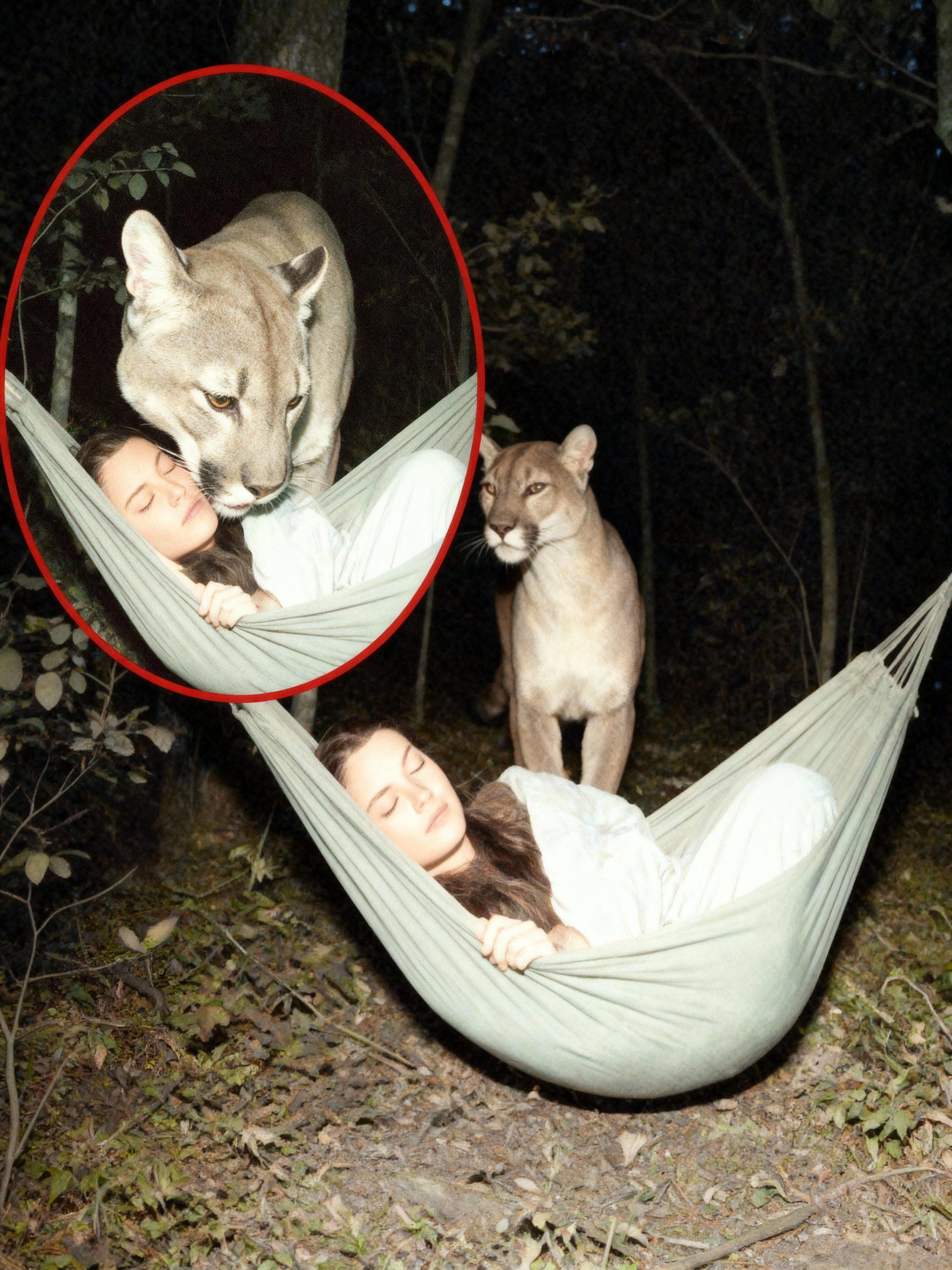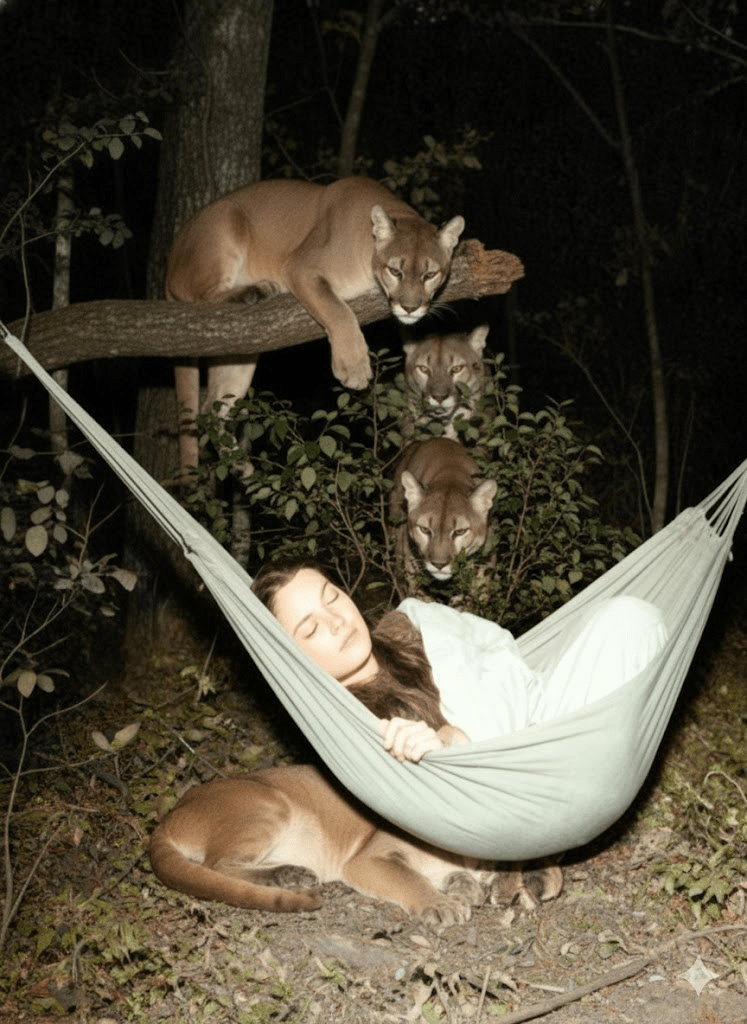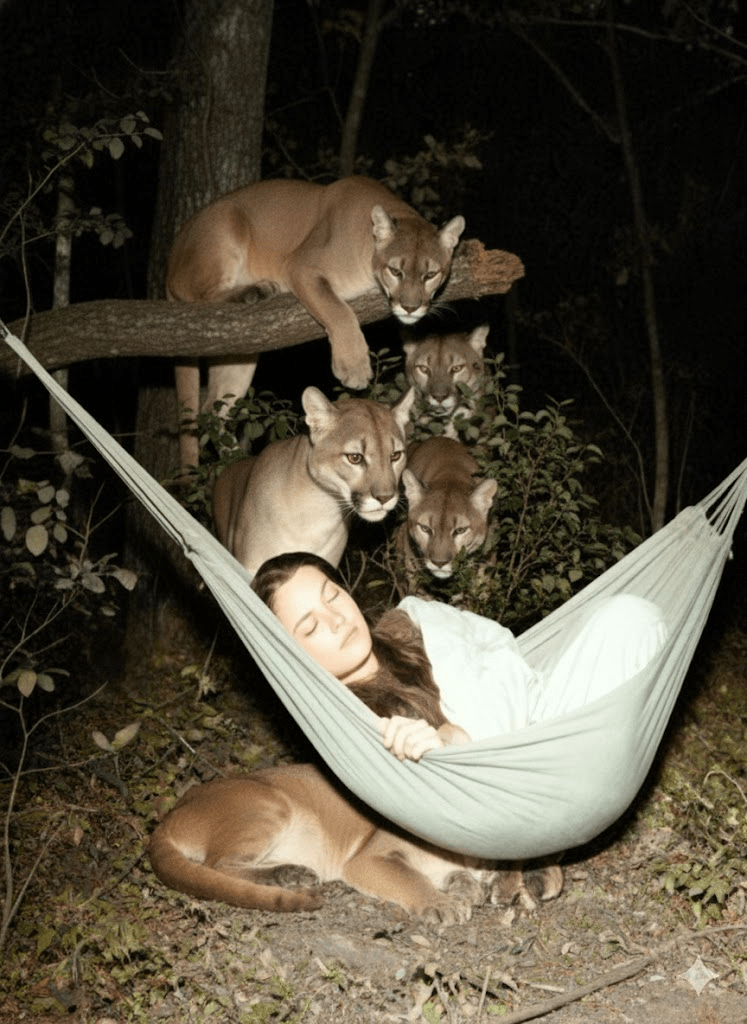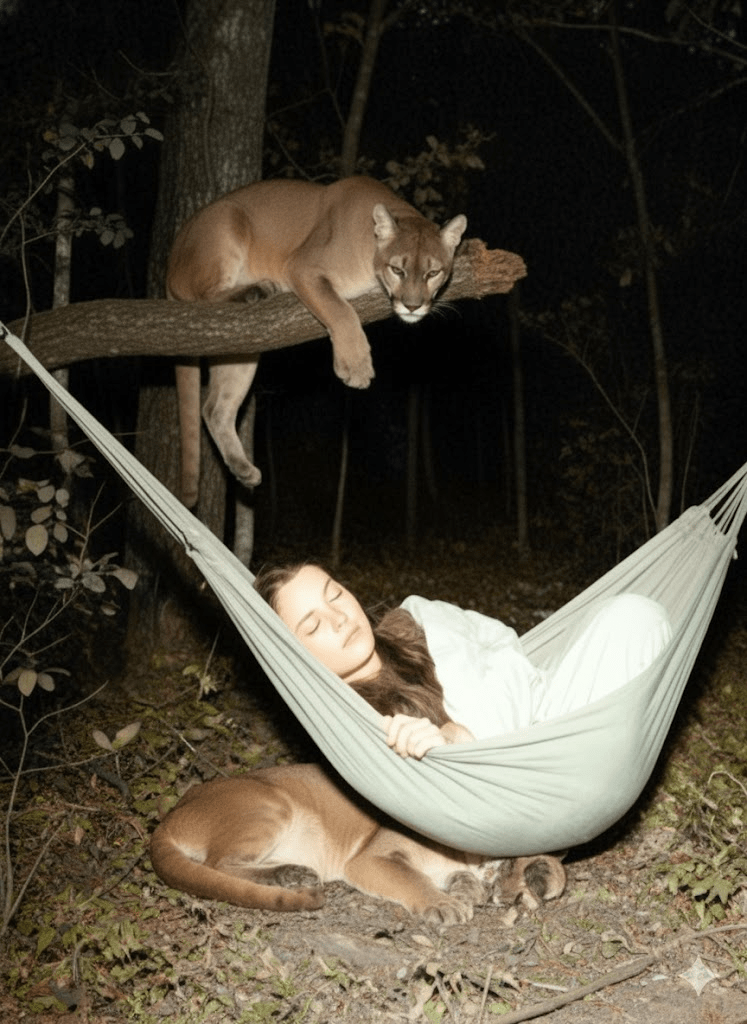Spending time in nature, whether it’s camping, hiking, or simply relaxing in a backyard, offers unparalleled tranquility and a much-needed escape from the hustle and bustle of modern life. Yet, as we immerse ourselves in these natural settings, we often forget that we are stepping into the homes of countless wild creatures. The notion that our outdoor spaces are exclusively ours is a comforting illusion, and the truth is, we frequently share these environments with an unseen presence, sometimes with surprisingly close proximity. This reality is vividly brought to light by rare occurrences where human and animal worlds intersect in unexpected ways, reminding us that even in our most peaceful retreats, we are part of a larger, interconnected ecosystem. Understanding the behavior of local wildlife and practicing responsible coexistence is not just about safety; it’s about fostering a respectful relationship with the natural world and appreciating the delicate balance that sustains both us and the creatures with whom we share our planet. The potential for encounters, though often fleeting and unnoticed, underscores the importance of awareness and preparation for anyone venturing into or simply living adjacent to wild spaces.

Navigating the wild requires more than just a map and good gear; it demands an acute awareness of our surroundings and the creatures that inhabit them. Many animals are inherently shy and elusive, preferring to avoid human contact. However, factors such as habitat encroachment, food scarcity, and even simple curiosity can lead them to venture closer to human activity. This often happens under the cloak of darkness, when many nocturnal species are most active, and humans are least vigilant. The serene setting of a person sleeping peacefully in a hammock, juxtaposed with the silent, watchful presence of a wild animal, serves as a powerful reminder of how easily our paths can cross without our immediate knowledge. It highlights the importance of understanding the rhythms of the natural world and being prepared for the possibility of sharing our space, even if temporarily, with its original inhabitants.

When sharing space with wildlife, the principles of minimal impact and respect for animal behavior are paramount. It’s crucial to properly store food, dispose of waste, and avoid leaving attractants that could draw animals closer to human dwellings or campsites. Understanding the local fauna, their habits, and potential signs of their presence can also significantly reduce the likelihood of startling encounters. For instance, knowing which animals are nocturnal can inform decisions about evening activities and securing your surroundings before nightfall. The objective is not to eliminate wildlife from our lives, but to learn how to coexist safely and responsibly, minimizing risks for both humans and animals. This approach fosters a deeper appreciation for the intricate tapestry of life that thrives around us, even if often unseen.

Safety protocols for outdoor enthusiasts and homeowners living in wildlife-rich areas should always include measures to deter animals and ensure human safety. This could range from installing motion-sensor lights to securing pet food and garbage cans. When camping, sleeping inside a tent or other secure shelter is generally recommended over open-air hammocks, especially in areas known for larger predators. Education on how to react if an encounter does occur—such as making yourself look large, making noise, or slowly backing away—is also vital. These preventative and reactive strategies are not about fear, but about prudence, allowing us to enjoy the beauty of the outdoors without unnecessary risk. They underscore the understanding that while nature is inviting, it also commands respect for its inherent wildness.







